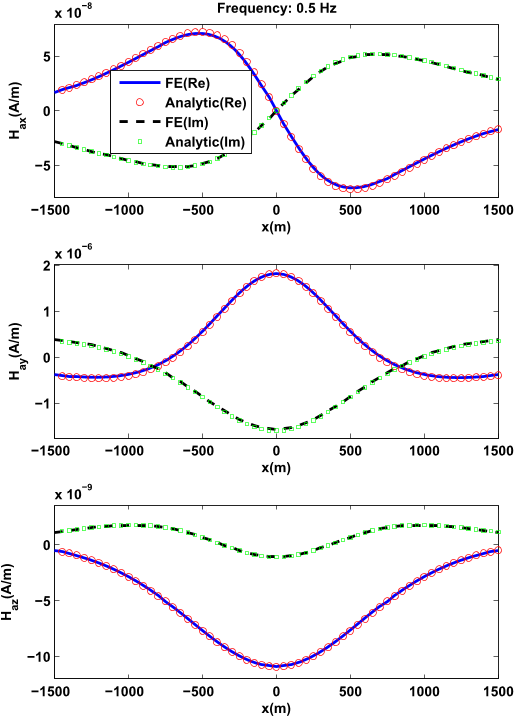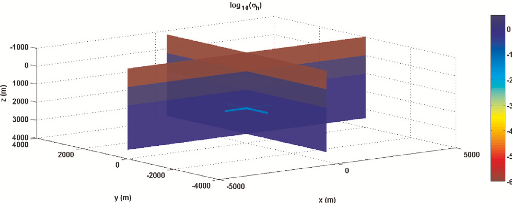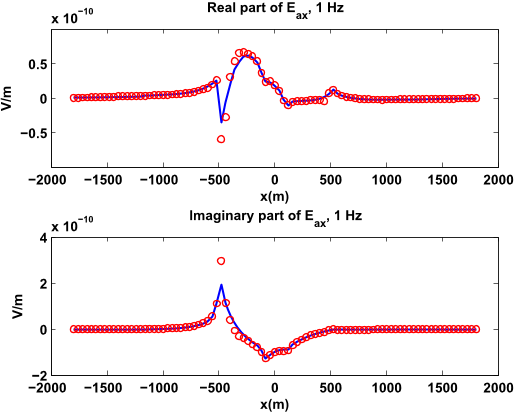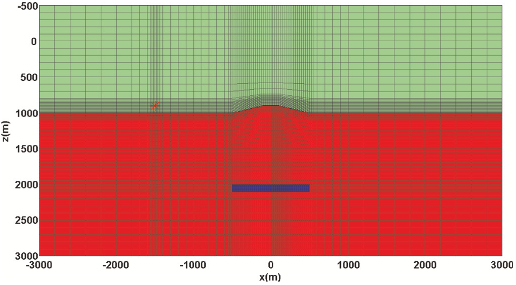Q2. What are the future works in "3d controlled-source electromagnetic modeling in anisotropic medium using edge-based finite element method" ?
Future work will be aimed at the implementation of the high order finite elements and at the use of the unstructured tetrahedral and hexahedron meshes to include seafloor bathymetry and complex geoelectrical structures in the modeling of the MCSEM data.





